Vereenvoudig uw IT en klantenservice
Freshworks levert AI-ondersteunde servicesoftware van hoogwaardige kwaliteit om een uitzonderlijke klant- en medewerkerservaring te leveren.

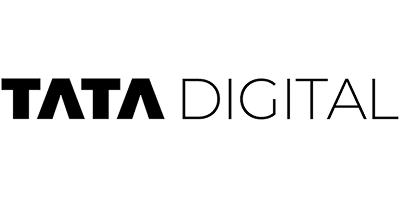


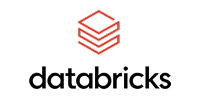
















Krachtige oplossingen voor loyaliteit, efficiëntie en groei
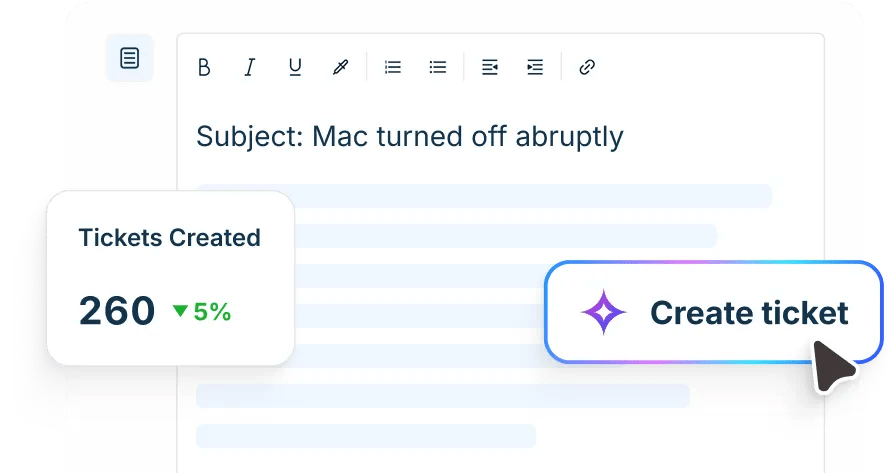
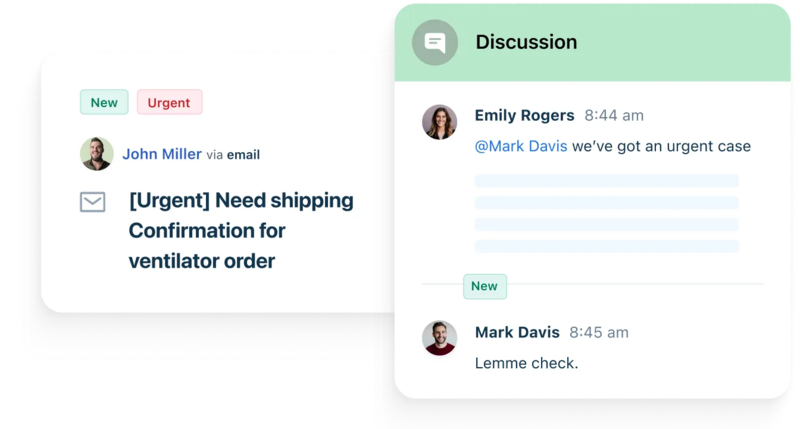
Ontworpen voor gemak, gemaakt voor waarde
Snellere implementatie. Betere ROI. Volledig transparante kosten. Freshworks levert prestaties op premium zakelijk niveau, zonder de complexiteit van een groot bedrijf.Streeft u naar hogere tevredenheidsscores? Los sneller en eenvoudiger problemen van klanten en medewerkers op. Dat vinden mensen geweldig.
Agent AI geeft gebruikers de vrijheid om hun problemen met één klik te vinden, op te lossen en af te handelen.
AI-agents zorgen ervoor dat minder tickets moeten worden opgelost. U verkort uw oplossingstijd en verhoogt de productiviteit.
Geavanceerde ticketing, automatisering en ingebouwde AI. U kunt nu betere, snellere service leveren.
Sluit u aan bij meer dan 73.000 bedrijven die hun dienstverlening vereenvoudigen
Bekijk alle klantverhalen"Automatisering was een van de belangrijkste factoren bij de keuze voor Freshservice."
"Freshservice opende voor ons een wereld van automatisering die we voorheen niet kenden. Het heeft onze helpdeskprocessen soepeler en efficiënter gemaakt."
"Met Freshservice aan onze zijde kan het transportteam binnenkomende verzoeken nu in 15 minuten oplossen, in plaats van drie maanden."
"Wij maakten gelukkig deel uit van het testen van de bètaversie van Freddy AI. Het was geweldig om die kans te krijgen en te zien wat het allemaal kan. Echt een gamechanger voor het team."
"We hebben aanzienlijke kostenbesparingen gerealiseerd door over te stappen van 16 afzonderlijke tools voor klantenondersteuning naar Freshworks"
Ontvang de inzichten die u nodig hebt

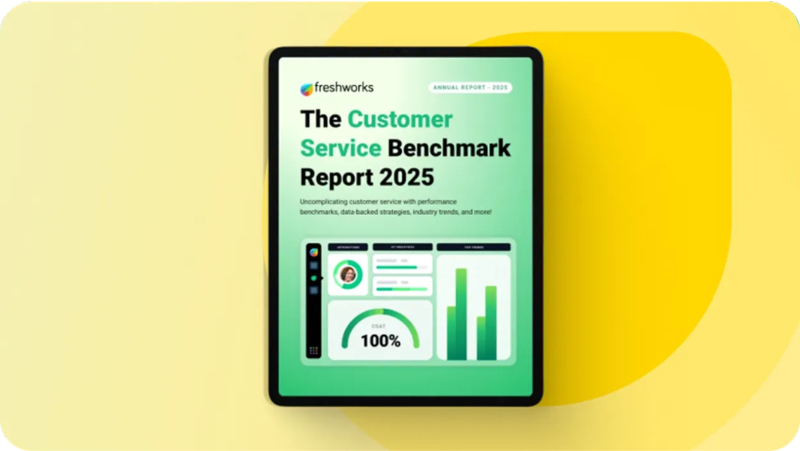
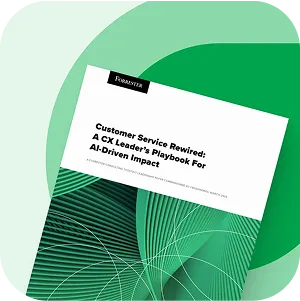


Begin met Freshworks
Probeer het gratis uit. Schaal snel op.
Ga voor een betere klant- en medewerkerservaring met een gratis proefversie van Freshdesk of Freshservice. Geen creditcard nodig.
Bekijk de snelle impact in actie
Onze productexperts laten u graag zien hoe Freshworks uw specifieke uitdagingen kan oplossen. Ze geven u een gepersonaliseerde demonstratie die is afgestemd op uw behoeften.
Leer, ontdek en doe inspiratie op
Ontdek onze bibliotheek met casestudies, productrondleidingen, webinars en inzichten.